|
There are 59 Butterflies in the UK, 57 resident and 2 regular migrants. There are 36 Butterflies in Cornwall, 34 resident and 2 regular migrants, 1 introduced / re-introduced and 1 extinct. Resident ButterfliesRegular Migrant ButterfliesRare Migrant ButterfliesAberrationsImportance of Butterflies1. Butterflies are important and valuable pollinators. 2. Butterflies are indicator of a healthy environment. 3. Butterflies are part of the food chain, they act as a food source for birds, bats, reptiles, amphibians and others. 4. Butterflies act as natural pest control. 5. Butterflies make us happy. David Attenborough says spending time in nature, even just watching butterflies in your garden, is good for our mental health. 6. Butterflies gives colour to our environment. 7. Others... Life Cycle of a Butterfly1. First Stage: Embryonic Stage – Egg (3-5 days) A butterfly starts its life as an egg, often laid on a leaf. The eggs come in many shapes and colours. The shapes include spherical, oval, and pod-shaped; the colours include white, green, and yellow. The eggs have a thin, tough, protective shell, the chorion. This shell has raised ribs or pits (reticulations). The length of time required for the egg to hatch is dependent on the species and the environmental. Some species lay winter-hardy eggs in the fall, which hatch the following spring or summer. 2. Second Stage: Caterpillar Comes Out! (5-10 days) The caterpillar or larva hatches from an egg and eats leaves or flowers almost constantly. The caterpillar will increase up to several thousand times in size before pupating. When a caterpillar gets too big for its skin, it molts or sheds its old skin and keeps eating more. 3. Third Stage: Chrysalis - Metamorphosis Begins (7-10 days) The chrysalis or pupa is the stage in a butterfly's life when it is encased in a chrysalis and undergoing metamorphosis. Wings develop during this stage. About a day before the adult butterfly emerges, the chrysalis becomes transparent. 4. Fourth Stage (Imaginal Stage): Butterfly Emerges! (2 weeks) A beautiful, flying adult emerges. This adult will continue the cycle. The adult is also called the imago, emerges from its pupal cuticle with a swollen abdomen and shrivelled wings. For the first few hours of its adult life, the butterfly will pump hemolymph into the veins in its wings to expand them. The waste products of metamorphosis, a reddish liquid called meconium will be discharged from the anus. Food SourceButterflies eat, much better word is drink through their proboscis – a tube that works a bit like a straw. But they actually taste using their feet! 1. Nectar The butterfly’s primary source of food is nectar. It gets nectar from plants and flowers like 2. Old Fruit Butterflies love a sweet treat. You can leave out an overripe banana. Alternatively, if you have fruit trees in your garden, leave fallen fruit on the ground. Butterflies seem to have a particular taste for pears, plums and apples. 3. Sugar Solution Butterflies are often sleepy when they first wake from their cocoons or from hibernation in the spring. If you come across a butterfly struggling to get going, you can prepare a boiled then cooled mix of sugar and water. Use a brightly coloured sponge to soak up the solution. A butterfly will take sips from it and get the boost it needs to take flight. 4. Muddy Puddles The glucose in nectar and fruit gives butterflies their energy. But butterflies also require other nutrients. That’s why you may sometimes see them crowded around a muddy puddle. By sipping from the puddle they take in minerals and salts from the soil, which are thought to be important for reproduction. By including a few of these food sources in your garden, you can attract butterflies for the whole of the season, making your garden into a festival of colour and life Fascinating Facts about Butterflies● Butterfly wings are transparent. ● Butterflies taste with their feet. ● Butterflies live on an all-liquid diet. ● Butterflies drink from mud puddles. ● Butterflies can't fly if they're cold. ● The smallest butterfly is the Western Blue Pigmy, which is only 2cm across. ● The largest butterfly in the world is the female Queen Alexandra’s birdwing, with a wingspan of over 25cm! ● A butterfly’s lifecycle is made up of four parts, egg, larva (caterpillars), pupa (chrysalis) and adult. Butterfly in Different LanguagesCornish - Tykki Duw French - Papillon German - Schmetterling Ilocano - Kulibangnag Irish - Feileacan Italian - Farfalla Latin - Papilio Portuguese - Borboleta Spanish - Mariposa Tagalog - Paruparo Butterflies in CornwallResident Butterflies: 1. Brimstone Gonepteryx rhamni 2. Brown Argus Aricia agestis 3. Comma Polygonia c-album 4. Common Blue Polyommatus Icarus 5. Dark Green Fritillary Argynnis aglaja 6. Dingy Skipper Erynnis tages 7. Gatekeeper Pyronia tithonus 8. Grayling Hipparchia semele 9. Green Hairstreak Callophrys rubi 10. Green-veined White Pieris napi 11. Grizzled Skipper Pyrgus malvae 12. Heath Fritillary Melitaea athalia 13. Holly Blue Celastrina argiolus 14. Large Skipper Ochlodes sylvanus 15. Large White Pieris brassicae 16. Marbled White Melanargia galathea 17. Marsh Fritillary Euphydryas aurinia 18. Meadow Brown Maniola jurtina 19. Orange Tip Anthocharis cardamines 20. Peacock Aglais io 21. Pearl-bordered Fritillary Boloria euphrosyne 22. Purple Hairstreak Favonius quercus 23. Red Admiral Vanessa atalanta 24. Ringlet Aphantopus hyperantus 25. Silver-studded Blue Plebejus argus 26. Silver-washed Fritillary Argynnis paphia 27. Small Copper Lycaena phlaeas 28. Small Heath Coenonympha pamphilus 29. Small Pearl-bordered Fritillary Boloria selene 30. Small Skipper Thymelicus sylvestris 31. Small Tortoiseshell Aglais urticae 32. Small White Pieris rapae 33. Speckled Wood Pararge aegeria 34. Wall Lasiommata megera Regular Migrant Butterflies: 1. Clouded Yellow Colias croceus 2. Painted Lady Vanessa cardui Rare Migrant Butterflies: 1. American Painted Lady Vanessa virginiensis 2. Long-tailed Blue Lampides boeticus Revised Red List of UK ButterfliesRegionally Extinct: 1. Black-veined White 2. Large Tortoiseshell 3. Large Copper 4. Mazarine Blue Endangered: 1. Wood White 2. Wall 3. Large Heath 4. Grayling 5. High Brown Fritillary 6. Glanville Fritillary 7. Heath Fritillary 8. Black Hairstreak Vulnerable: 1. Swallowtail 2. Grizzled Skipper 3. Silver-spotted Skipper 4. Small Heath 5. Scotch Argus 6. Pearl-bordered Fritillary 7. Small Pearl-bordered Fritillary 8. White Admiral 9. Marsh Fritillary 10. Duke of Burgundy 11. Brown Hairstreak 12. White-letter Hairstreak 13. Silver-studded Blue 14. Northern Brown Argus 15. Adonis Blue 16. Chalk Hill Blue Near Threatened: 1. Lulwoth Skipper 2. Mountain Ringlet 3. Dark Green Fritillary 4. Small Blue 5. Large Blue Copyright © Rowena Castillo-Nicholls. All Rights Reserved.
Images may not be used without the written permission of the photographer.
0 Comments
Leave a Reply. |
Rowena
|
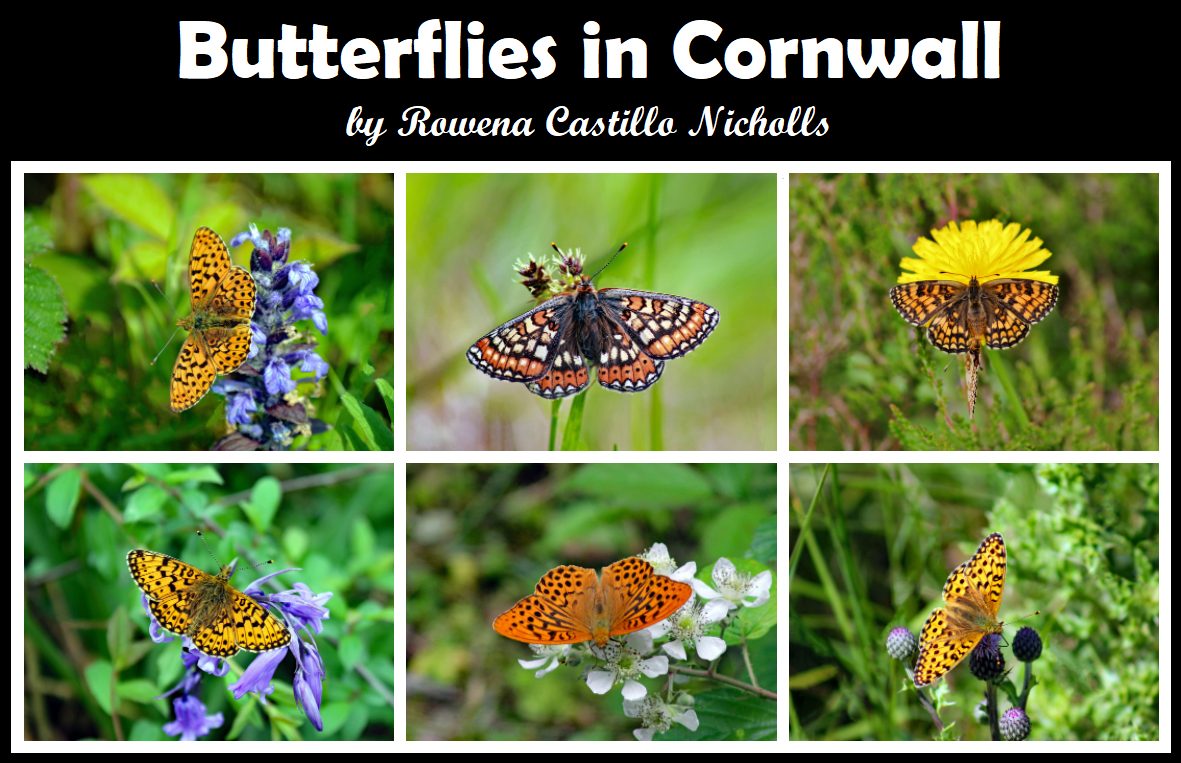

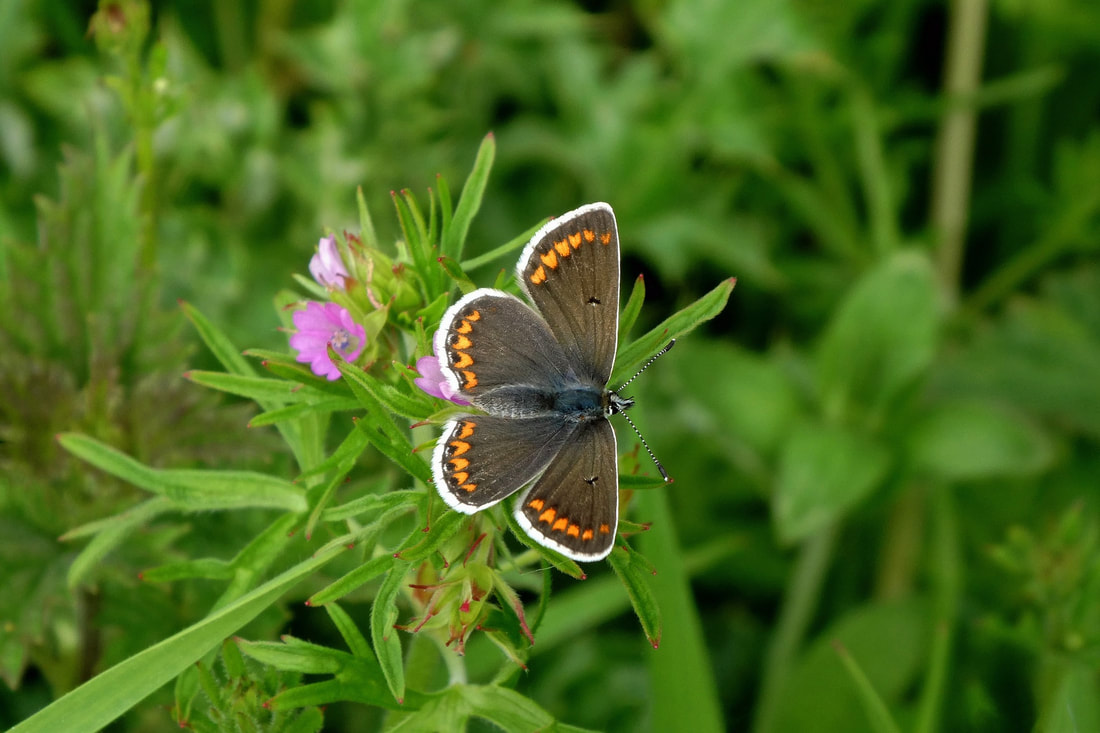
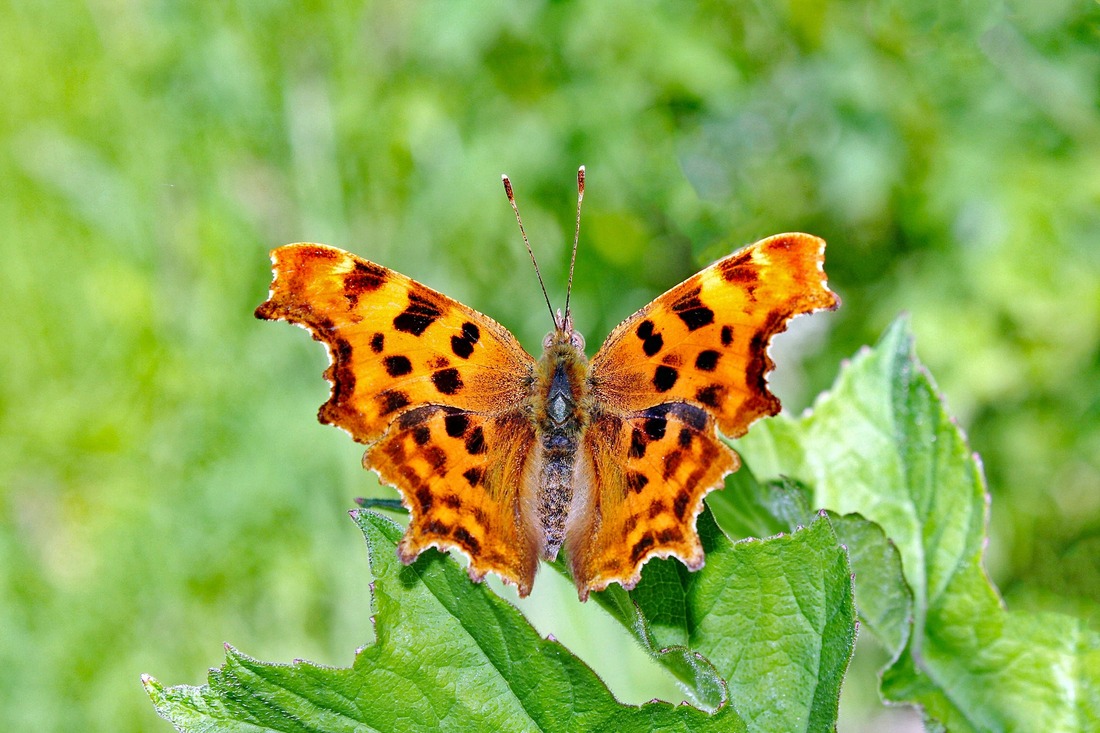


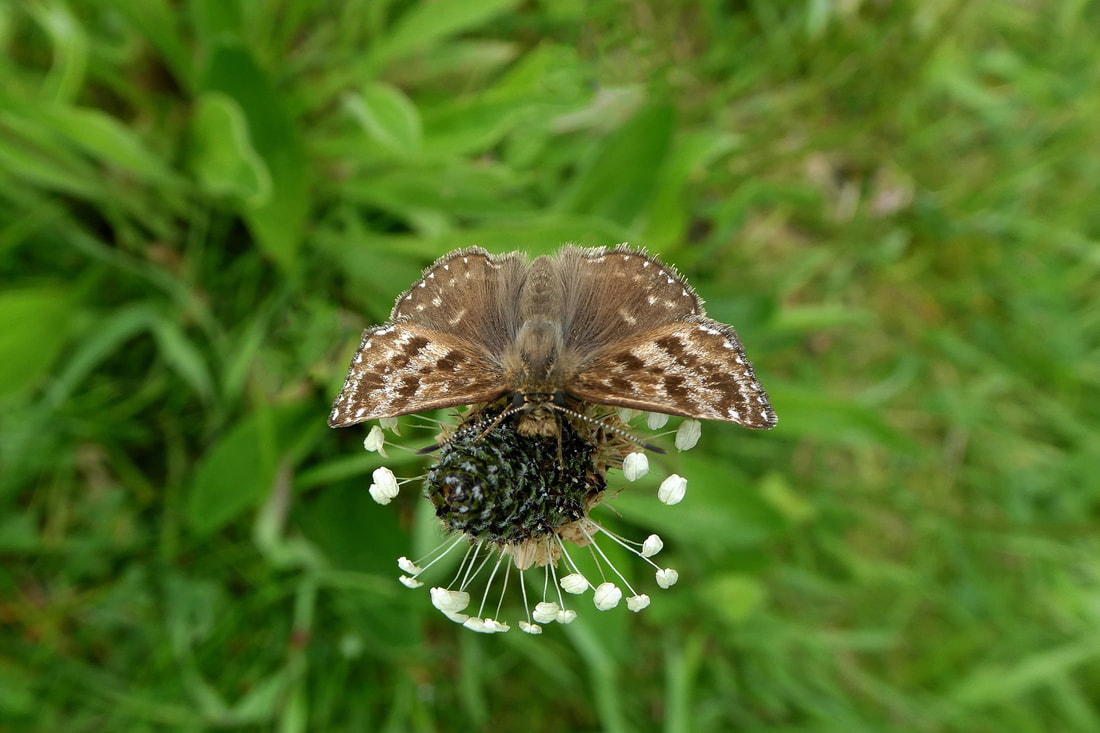









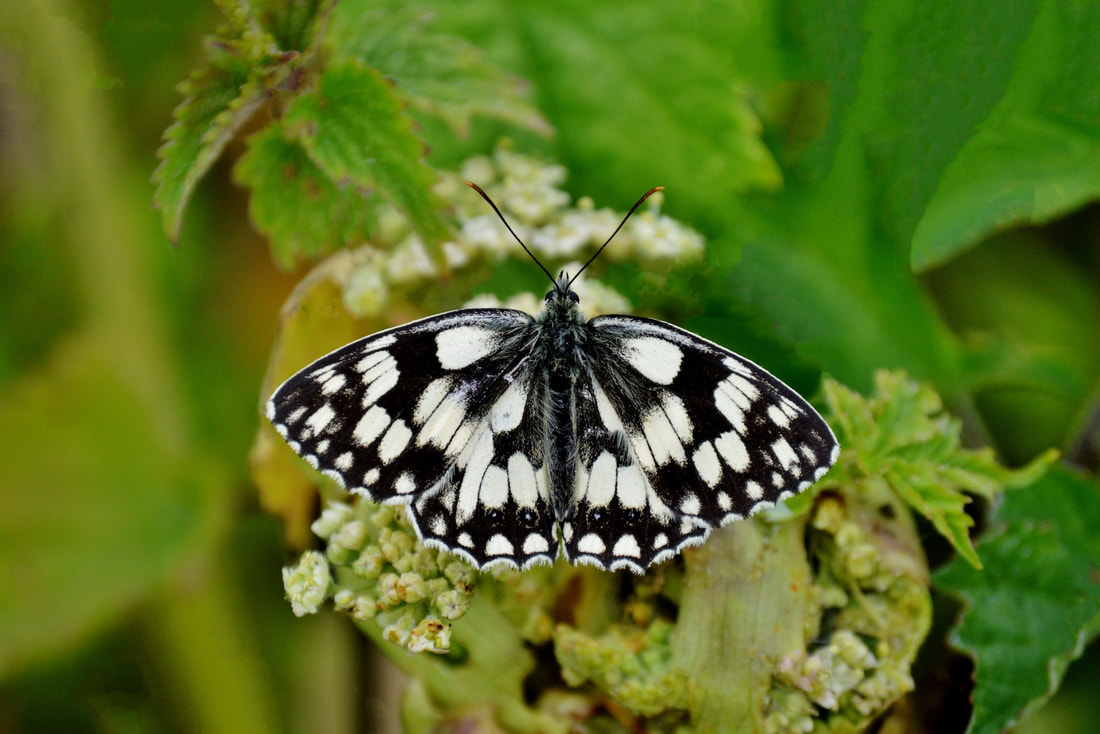




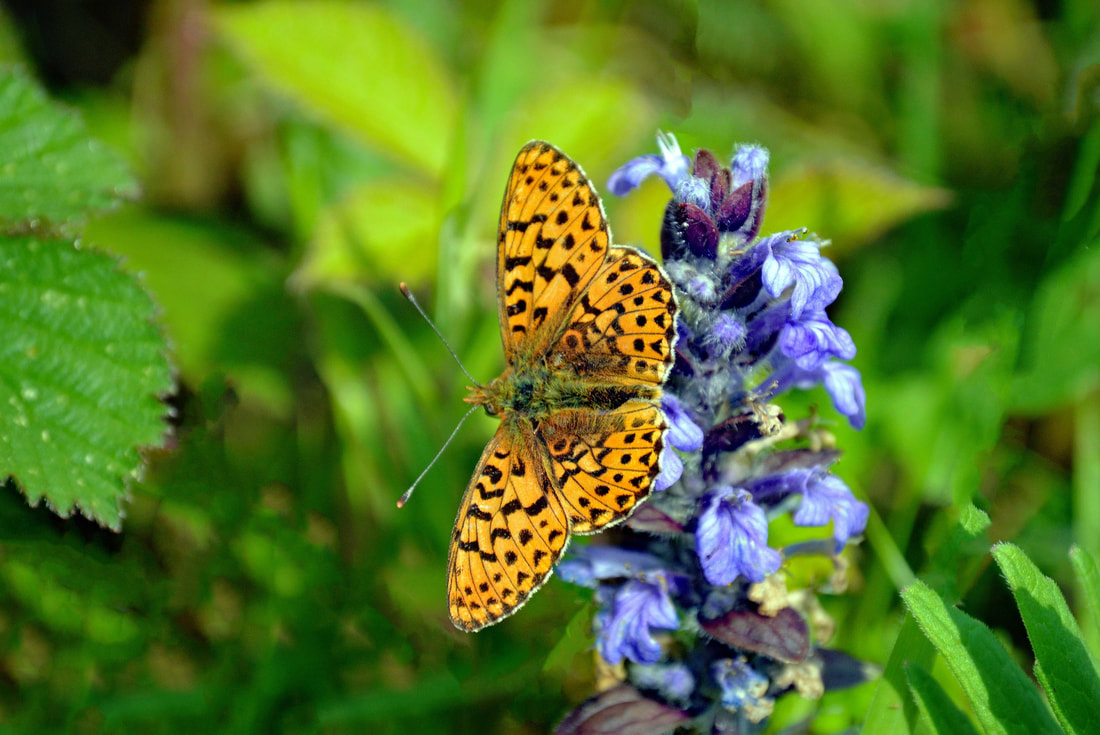



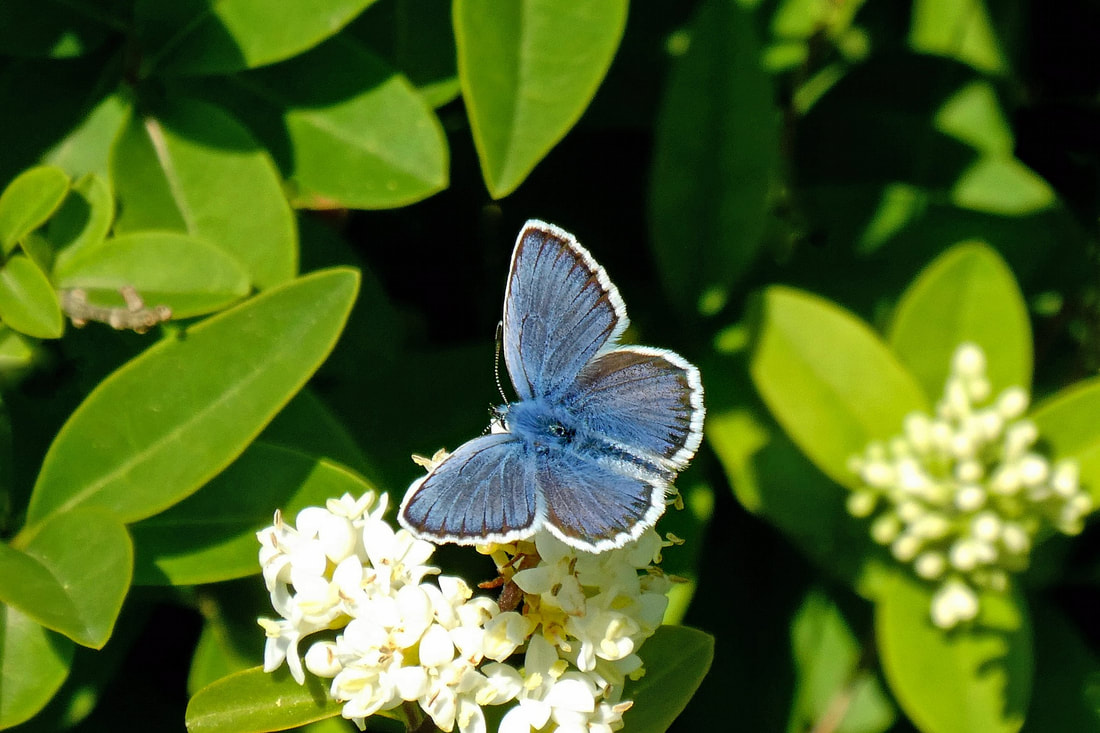









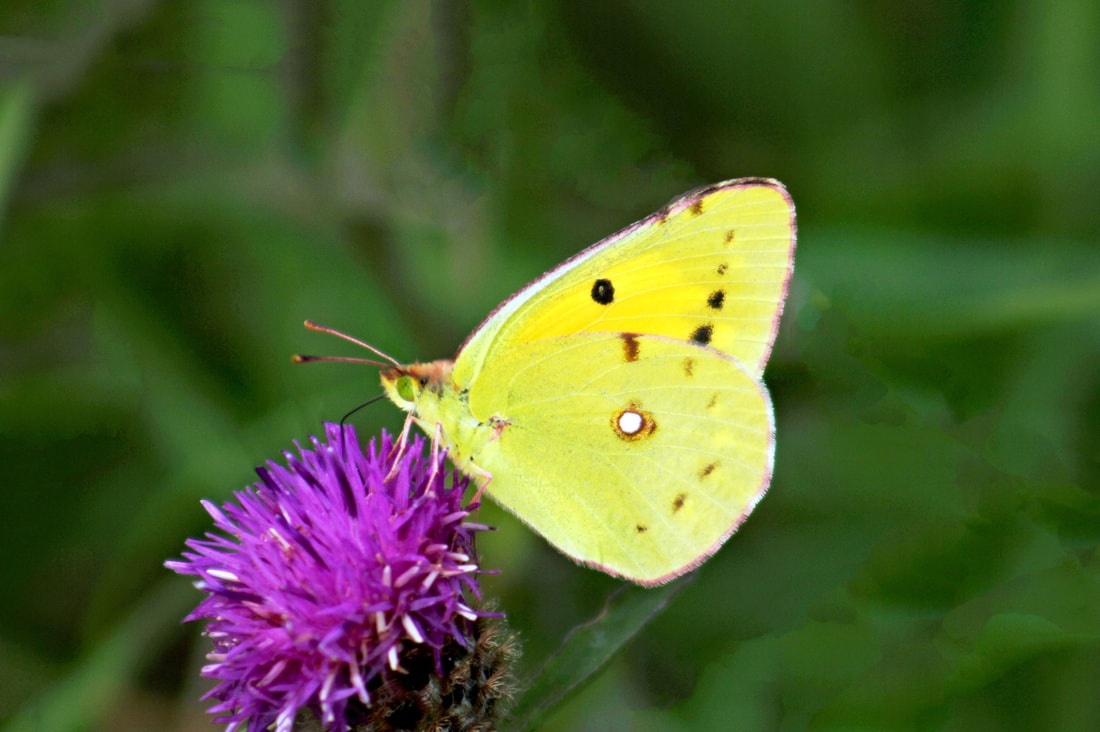

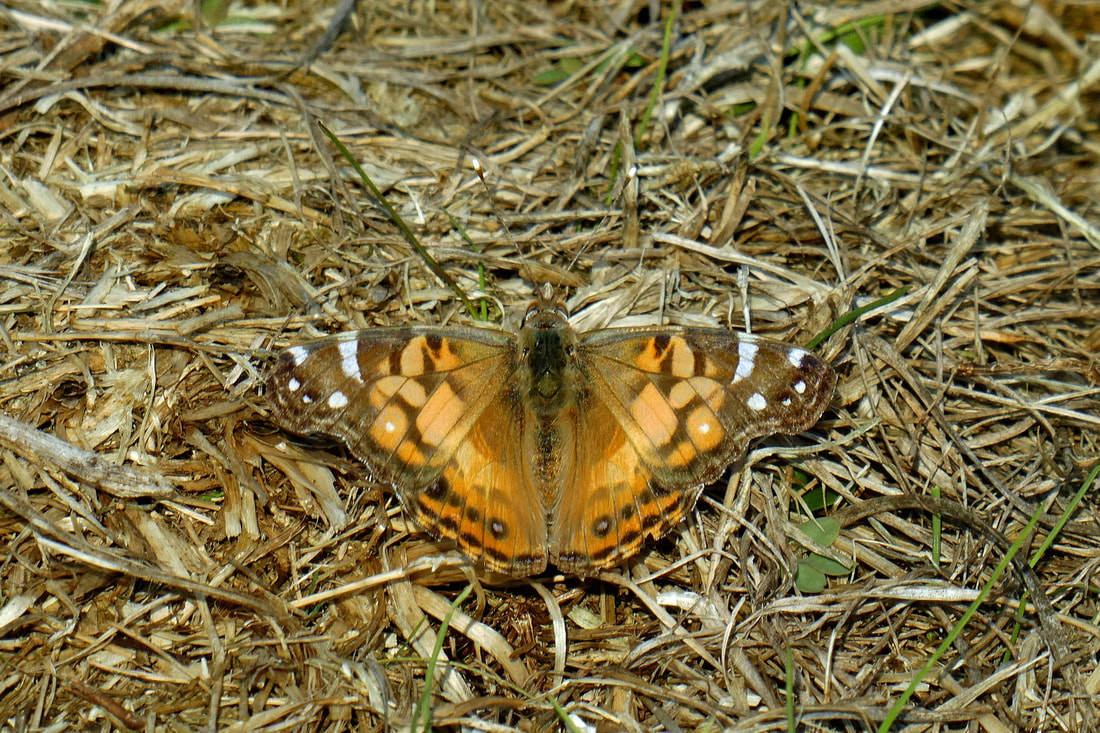

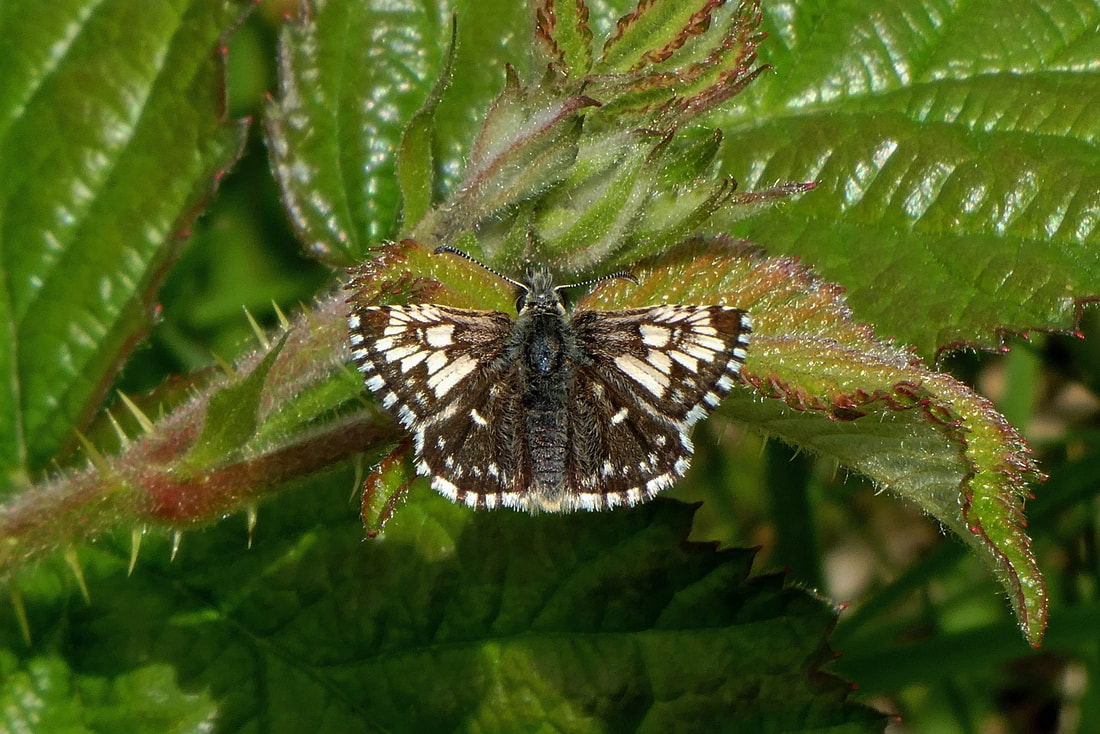



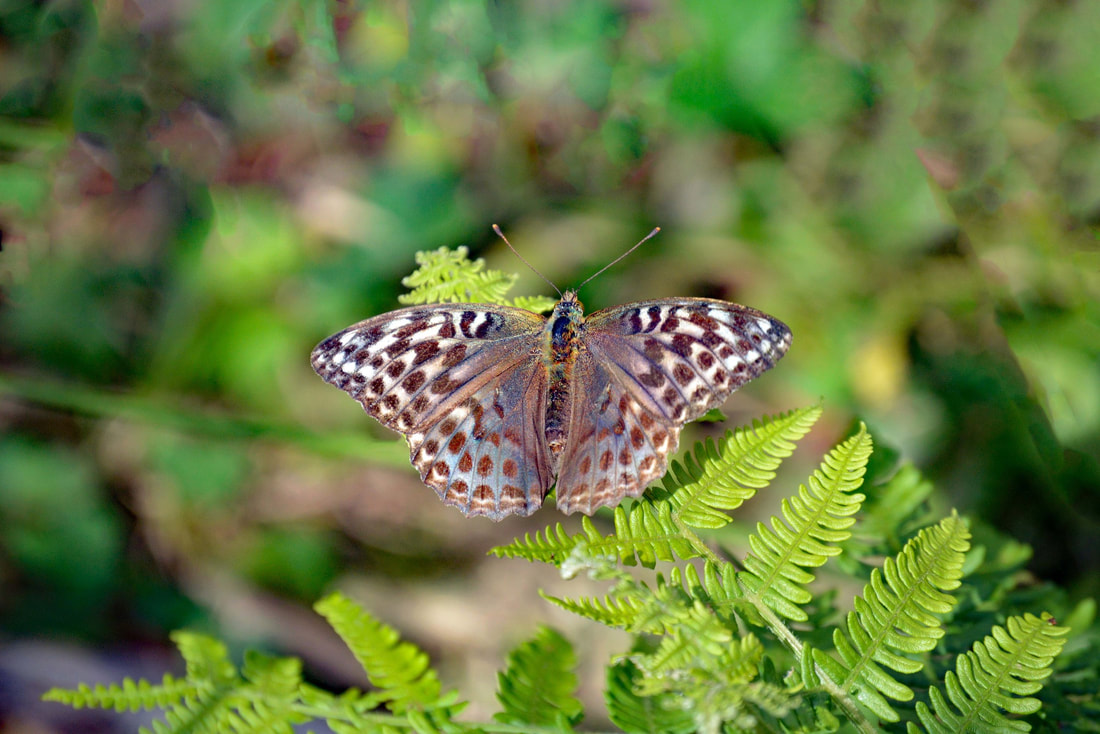
 RSS Feed
RSS Feed